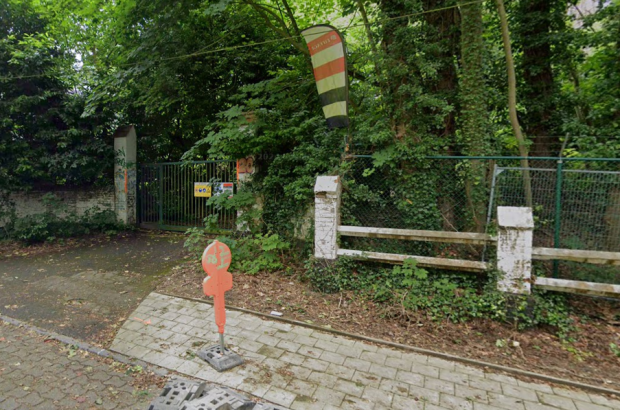- Daily & Weekly newsletters
- Buy & download The Bulletin
- Comment on our articles
Opposition to construction project on edge of Sonian Forest
Residents of Auderghem and Watermael-Boitsfort have opposed plans to build about 50 homes and underground car parks on a three-hectare brownfield site between Tenreuken Park and the Sonian Forest.
People living near the area say the space is rich in biodiversity and should be left alone. The site, near the Boulevard du Souverain, is on the edge of the forest and an important green corridor for wildlife.
More than 20 years ago, the site was home to sports fields and a swimming pool for KBC employees.
It was then bought by a developer while it was still classified as a green space in the PRAS (Regional Designated Land Use Plan/Plan Régional d’Affectation du Sol).
Adopted by the Brussels government in 2001, the PRAS determines the general use of the various zones of the Brussels region, as well as management of the main highways.
Since a change in zoning, the site is now available for development. The owner regularly submits housing construction projects, each of which is contested by residents who are committed to preserving this green space.
In 2019 there was still talk of 125 apartments, but this has been reduced to 51 with 78 underground parking spaces for residents and 17 for visitors.
The latest project is the subject of a public inquiry, and, like the previous ones, it has sparked anger from residents in the area around peaceful Avenue du Grand Forestier in Auderghem.
Since the site was abandoned, it has become one of Brussels’ "friches", where nature has taken over. A paved access road remains visible under the leaves and pine needles, but overall, the area has returned to its wild state.
It is now home to many animal species, including 16 varieties of bats. There are also many amphibians, newts, squirrels, foxes and numerous species of birds, not to mention trees, a vast dry meadow and sand mounds where bees have settled.
“It’s clear that if a road or even a tunnel is built here, it will completely destroy the trees’ root system,” said Marie Thienpondt, a volunteer at Wallonia and Brussels' nature protection organisation Natagora.
“Even if the plans are to preserve them, in reality these trees will die over the years.” She added that the project would be an “ecological disaster” for the bats, that would see their night-time habitat destroyed.
Local resident Mitia Duerinckx and his partner Roxane Verdikt do not want any property development project and are adamant that the wasteland must remain as it is. They refer to the idea of a moratorium on wasteland advocated by certain political parties in Brussels. “That concerns public wasteland, and this is private wasteland,” said Duerinckx. “But the arguments are the same.”
In addition to biodiversity, with the site forming an important ecological corridor between the Sonian Forest and Woluwe valley, both Natura 2000 areas, locals are also concerned about mobility.
They say that the neighbourhood around the trendy new Mix sports and restaurant complex, in the iconic Royale Belge building on Boulevard du Souverain, already suffers heavy congestion, especially during school hours and early evening – and it would not cope with this further influx of people and cars the project would bring.
Verdikt added that the site was sold in 2001 as a sports and green zone, and this should not change.
“Brussels cannot afford to sacrifice more green corridors for concrete,” said the group “Sauvons le Grand Forestier”, demanding that the consultation committee, which includes the municipalities, reject the scheme, adding: “Project after project, our last breathing spaces disappear.”
















